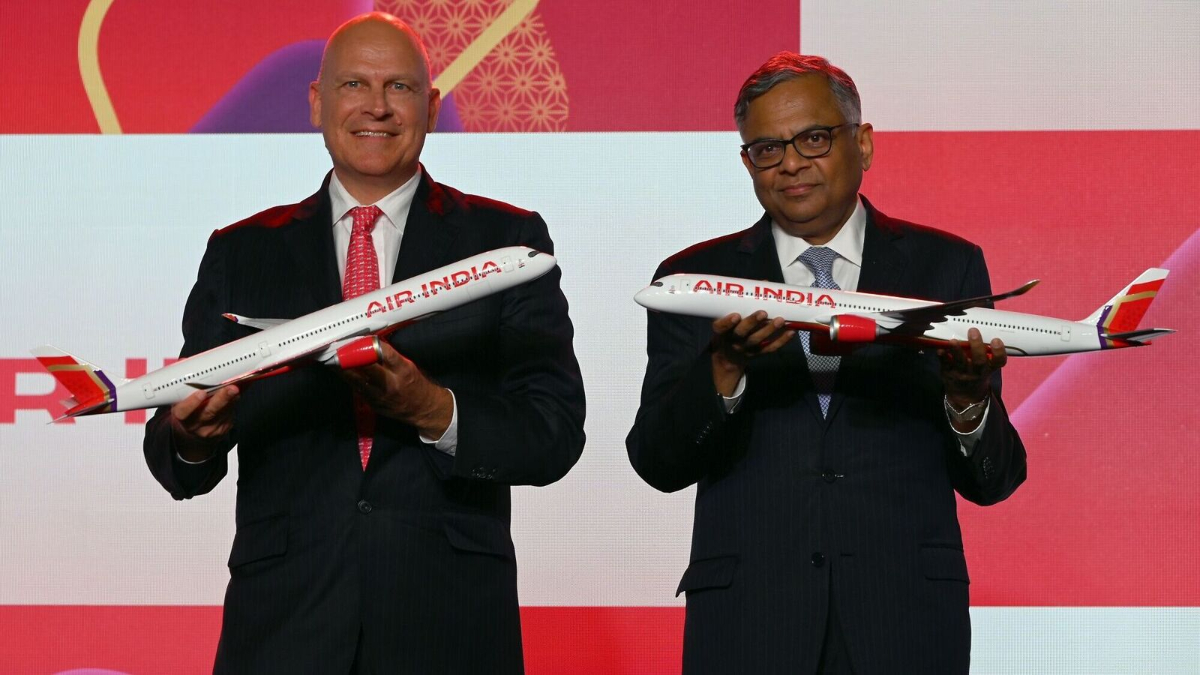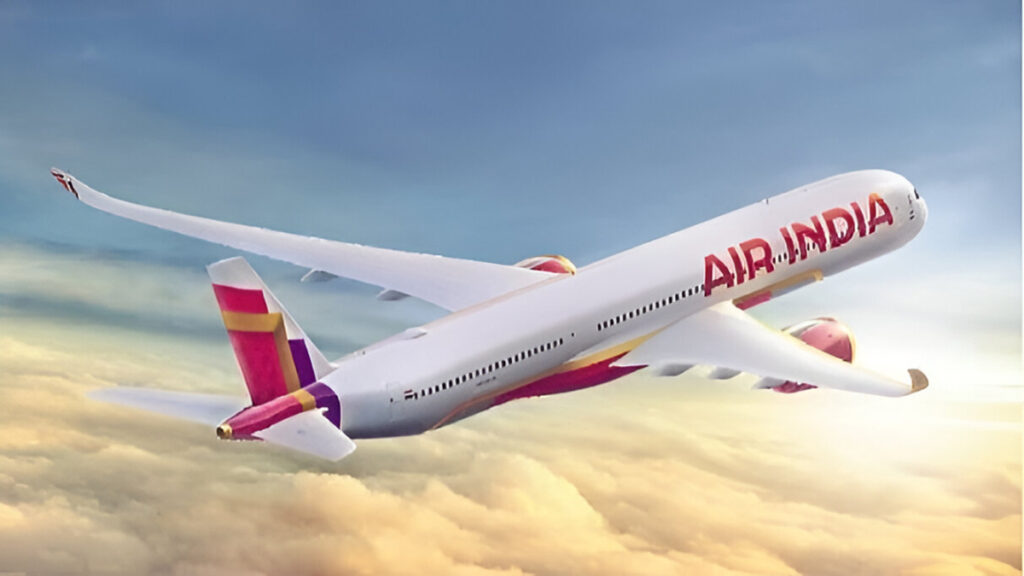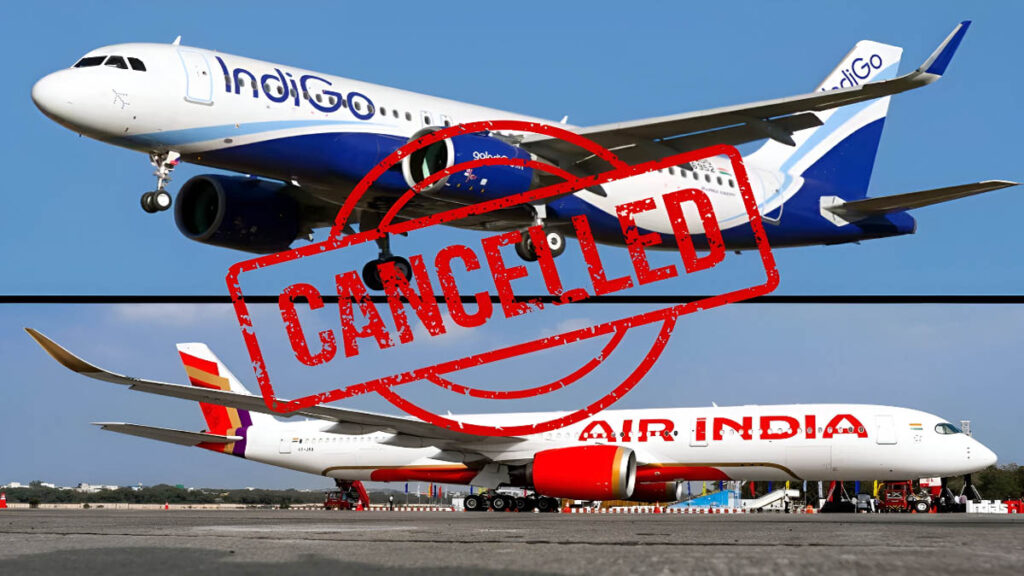Now Reading: Air India: The Maharaja’s New Flight Path Under Tata
-
01
Air India: The Maharaja’s New Flight Path Under Tata
Air India: The Maharaja’s New Flight Path Under Tata

Air India, India’s flag carrier, is currently navigating one of the most transformative periods in its nine-decade-long history. Founded by the visionary J. R. D. Tata in 1932 as Tata Air Services, the airline—affectionately known for its iconic mascot, the Maharaja—returned to the fold of the Tata Group in January 2022 after over half a century under government ownership. This privatization marked the end of years of financial losses and debt, ushering in an ambitious, multi-pronged plan to restore the airline to its former glory as a world-class global carrier.
A Storied Past: From Mail Service to Global Icon
The history of Air India is inextricably linked with the birth of commercial aviation in India. J. R. D. Tata, an early Indian aviator, personally flew the first flight in October 1932, a single-engine De Havilland Puss Moth carrying airmail from Karachi to Bombay (now Mumbai). Renamed Tata Airlines in 1938 and subsequently Air India in 1946, it soon became a pioneer in international services.
A significant milestone was the launch of its first international flight on June 8, 1948, from Mumbai to London via Cairo and Geneva, operated by a Lockheed Constellation aircraft. Air India became an all-jet airline in 1962, a major achievement for an Asian carrier at the time. However, the airline was nationalized by the Government of India in 1953, a move that kept it as the nation’s official carrier but ultimately led to a decline in service, operational efficiency, and financial health over the following decades.
The Return of the Maharaja: Privatization and Transformation
After decades of accruing massive debt under state control, the Government of India successfully divested Air India, selling a 100% stake to Talace Private Limited, a subsidiary of the Tata Sons, in 2022. This ‘homecoming’ set the stage for a dramatic overhaul, branded as Vihaan.AI (meaning ‘dawn of a new era’ in Sanskrit).
The turnaround strategy focuses on a complete transformation across five key areas: exceptional customer experience, robust operations, industry-leading technology, commercial leadership, and best-in-class talent.
Fleet Modernization and Expansion
The most tangible sign of Air India’s revival is its massive, historic aircraft order announced in early 2023. The order includes a combination of wide-body and narrow-body aircraft from both Airbus and Boeing, totaling over 470 jets, making it one of the largest single aircraft orders in commercial aviation history. This ambitious expansion aims to replace its aging fleet, boost its domestic and international network, and significantly increase its capacity to compete with major global airlines.
Alongside new deliveries, Air India has launched a multi-year, $400 million cabin retrofit program for its existing wide-body aircraft (Boeing 787s and 777s) to introduce modern amenities, new seats, and an improved in-flight entertainment system, bringing the cabin product up to world-class standards.
Network and Synergy
The Tata Group is consolidating its aviation interests to create a formidable market presence. This involves a two-pronged merger strategy:
- Full-Service Integration: The merger of Vistara (a joint venture between Tata Sons and Singapore Airlines) with Air India to form a single, large, full-service international and domestic carrier.
- Low-Cost Consolidation: The merger of its low-cost subsidiary Air India Express with AIX Connect (formerly AirAsia India) to create a single, powerful low-cost operator.
This consolidation is designed to streamline operations, leverage synergies, and offer a clear brand strategy in both the full-service and budget segments of the aviation market.
The airline is aggressively expanding its international network, recently adding non-stop services to new global destinations and increasing frequencies on popular long-haul and short-haul international routes. Air India leverages its position as India’s flag carrier to offer the most direct routes connecting India with key destinations across the globe.
Challenges and Future Outlook
While the transformation is moving forward rapidly, the airline faces significant challenges inherent in turning around a sprawling, debt-laden, legacy carrier. Integrating four separate airlines, modernizing a decades-old work culture, and ensuring consistent, high-quality service across a rapidly expanding network requires immense effort and investment. Staffing, particularly attracting and training the thousands of new pilots, cabin crew, and ground staff needed for the new fleet, is a priority, evidenced by the development of new training academies.
Despite the hurdles, the renewed Air India, backed by the deep pockets and long-term vision of the Tata Group, is poised to reshape the aviation landscape, both in India and internationally. The return of the Maharaja signifies not just the revival of an airline but a confident statement about India’s growing ambition in the global skies.










